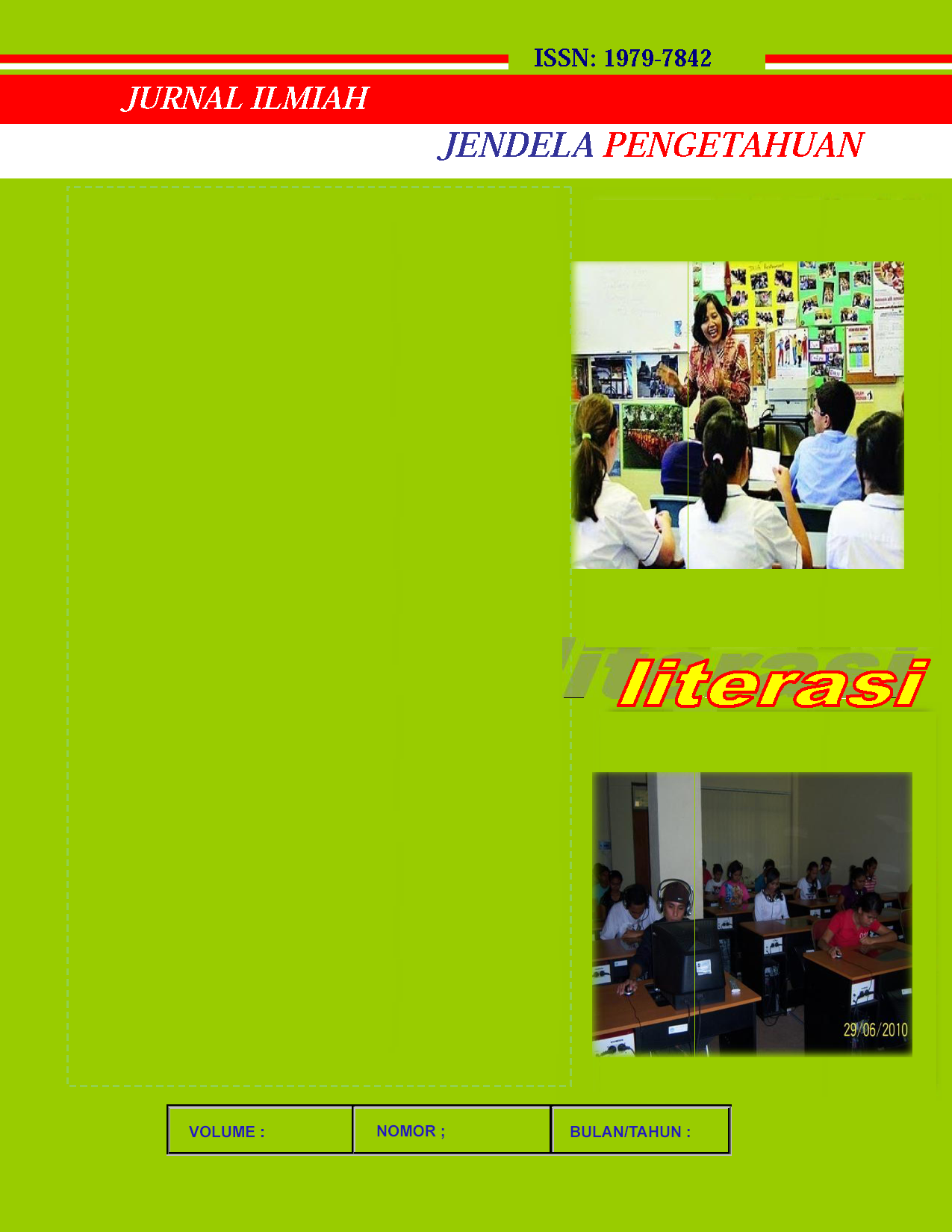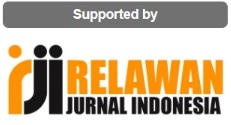Revealing the Essence of Geographical Factors in Regional Income Formation.
Mengungkap Esensi Faktor-Faktor Geografis dalam Pembentukan Pendapatan Wilayah
Abstract
In the era of global economic dynamics, geographical factors have proven to be crucial variables that shape a region's identity and distinct characteristics. This article aims to elucidate the fundamental impacts of geographical factors on regional income. This research is a literature review conducted by analyzing and evaluating relevant written sources concerning the studied topic or issue. The analysis results reveal that complex topography and extreme climatic conditions can create unique economic opportunities and challenges within a region. The interplay of these geographical factors forms a distinct narrative about the economic development of a region. Abundant natural resources offer significant income potential, yet prudent management is necessary for long-term economic sustainability. Coastal regions provide essential trade and tourism opportunities, and marine resources become valuable assets in boosting coastal region income. However, wise protection and management are required to avoid negative impacts. Technology and its access play a crucial role in economic growth
Downloads
References
Andi, U. F. (2017). Pengaruh Jaringan Perdagangan Global Pada Struktur Wilayah Dan Konfigurasi Spasial Pusat Pemerintahan Kesultanan-Kesultanan Melayu Di Kalimantan Barat. Langkau Betang: Jurnal Arsitektur, 4(1), 67–78.
Djadjuli, D. (2018). Peran pemerintah dalam pembangunan ekonomi daerah. Dinamika: Jurnal Ilmiah Ilmu Administrasi Negara, 5(2), 8–21.
Jayanti, M. N. (2022). Peran Asosiasi Petani Kelapa Indonesia (APKI) dalam Pengembangan Kelapa Kopyor di Kabupaten Pati (Studi Kasus Desa Ngagel, Kecamatan Dukuhseti).
Karim, H. A., Lis Lesmini, S. H., Sunarta, D. A., SH, M. E., Suparman, A., SI, S., Kom, M., Yunus, A. I., Khasanah, S. P., & Kom, M. (2023). Manajemen transportasi. Cendikia Mulia Mandiri.
Lasabuda, R. (2013). Pembangunan wilayah pesisir dan lautan dalam perspektif Negara Kepulauan Republik Indonesia. Jurnal Ilmiah Platax, 1(2), 92–101.
Lasaiba, M. A. (2020). Pemetaan Tata Ruang Di Provinsi Maluku (pp. 1–16). https://www.researchgate.net/publication/367326731
Lasaiba, M. A., E.E.H.Woersok, & Louhenapessy, S. W. J. (2010). Tendensi Spasial dan Faktor-Faktor Penyebab Tingkat Kekotaan di Kota Ambon (Issue January 2010). https://www.researchgate.net/publication/367326377
Mubarok, S. Z. S., & Cahyono, E. (2023). Pengaruh Kemiskinan dan Bencana Alam terhadap Pertumbuhan Ekonomi dengan Filantropi sebagai Variabel Moderasi: Sebuah Tinjaun Konseptual. Jurnal Masharif Al-Syariah: Jurnal Ekonomi Dan Perbankan Syariah, 8(1).
Nurlaela, A. (2016). Peranan lingkungan sebagai sumber pembelajaran geografi dalam menumbuhkan sikap dan perilaku keruangan peserta didik. Jurnal Geografi Gea, 14(1).
Rahmi, S. A. (2016). Pembangunan Pariwisata Dalam Perspektif Kearifan Lokal. Reformasi, 6(1).
Siska, Y. (2016). Konsep Dasar IPS untuk Sd/MI. Garudhawaca.
Soekarso, S. (2015). Sebelas Syarat Penentuan Lokasi Bendung Irigasi. Jurnal Irigasi, 10(1).
Syaputra, P. E., Dianto, M. A. S., & Saputra, H. (2024). Manfaat Transportasi Kapal Feri Untuk Pertumbuhan Ekonomi Pada Kawasan Pulau Terluar, Dan Efek Pemberian Subsidi Dari Pemerintah. Neraca: Jurnal Ekonomi, Manajemen Dan Akuntansi, 2(1), 146–157.
















